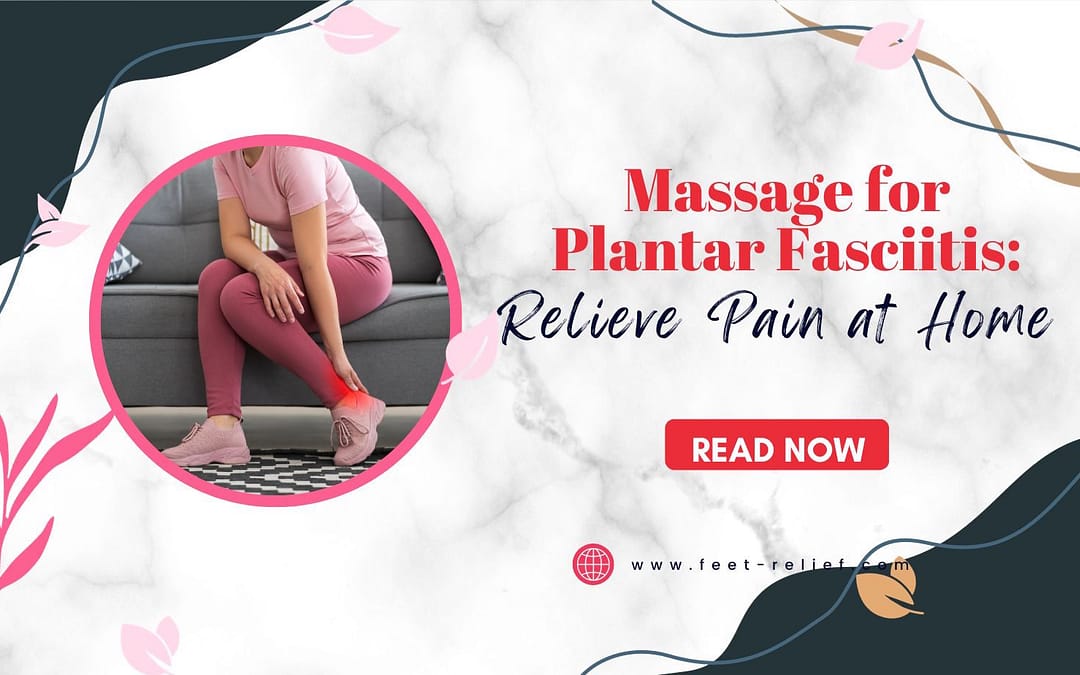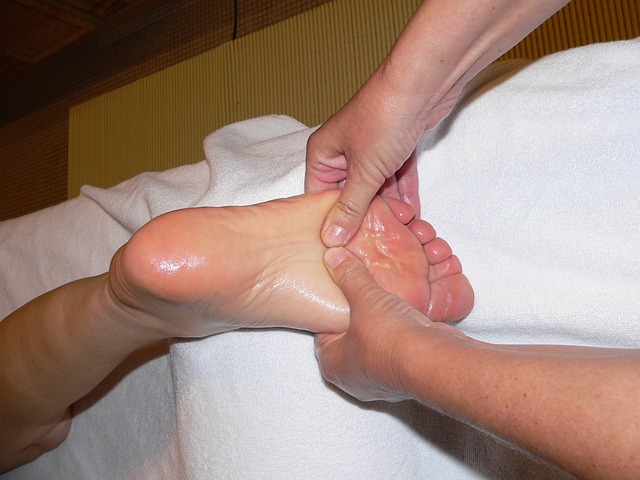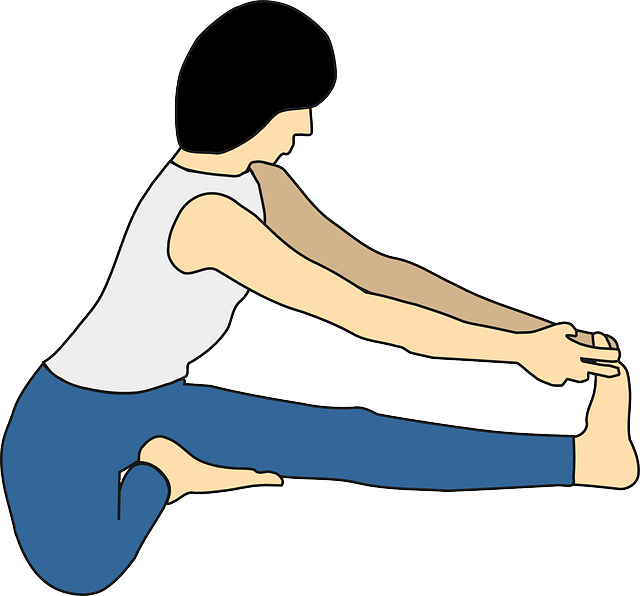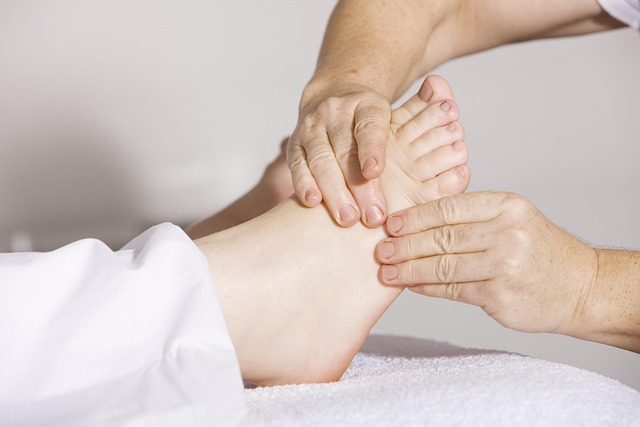
Massage for Plantar Fasciitis: Relieve Pain at Home
Massage for Plantar Fasciitis: How to Relieve Pain At Home
Are you suffering from persistent heel pain caused by plantar fasciitis? You’re not alone, and relief may be closer than you think. In this blog post, we explore various massage techniques, including massage for plantar fasciitis. We include simple at-home remedies to help you alleviate pain and prevent this common foot condition from worsening. Discover the benefits of understanding plantar fasciitis, massage for plantar fasciitis techniques, and preventive measures to promote overall foot health.
Key Takeaways
- Understand plantar fasciitis and take prompt action to prevent long-term heel pain.
- Utilize massage techniques such as deep tissue, cross friction, hot & cold stone massages for relief from pain.
- Strengthen calf muscles and Achilles tendon with stretching exercises, choose supportive footwear, consult a professional if self-massage fails to provide relief.
Understanding Plantar Fasciitis
Plantar fasciitis is a painful condition affecting the plantar fascia, a thick band of tissue connecting the heel bone to the toes, providing support for the arch of the foot. This inflammation results in plantar heel pain and discomfort during daily activities. Prompt treatment of plantar fasciitis helps prevent long-lasting heel pain and irreversible damage to the plantar fascia.
-
Patients may experience foot pain with the following symptoms:
- Sharp pain in the heel or arch, particularly upon arising in the morning or after periods of inactivity
- Inflammation caused by high-impact activities such as jogging, dancing, or basketball
- Inflammation caused by wearing worn-out sneakers, high heels, or footwear that does not fit properly.
Regulating gait and cushioning the shock of walking and running are key functions of the plantar fascia.
Massage Techniques for Plantar Fasciitis Relief
Various massage techniques, including deep tissue massage, cross friction massage, and hot and cold stone massage, help alleviate plantar fasciitis pain. Each of these techniques targets different aspects of the plantar fascia, promoting healing and providing relief from discomfort. One of the most effective methods is the plantar fasciitis massage, which specifically focuses on this condition.
The specifics of each massage technique and their role in aiding recovery, as applied by massage therapists, will be discussed in the following sections. In particular, we will focus on the expertise of a licensed massage therapist in providing these services.
Deep Tissue Massage
Deep tissue massage is a technique that applies pressure to the muscles and fascia, breaking down scar tissue and facilitating healing. This massage targets the outer calf muscles, Achilles, heel, and sole of the foot, releasing built-up tension and restoring the plantar fascia to its natural state. Deep tissue massage can effectively break up scar tissue resulting from chronic inflammation and loosen the fibrous tissue band, enabling it to return to its natural shape and reducing chronic heel pain associated with plantar fasciitis.
For a home-based deep tissue massage, follow these steps:
- Adopt a comfortable sitting position where the affected foot is easily reachable and the ankle is resting on the opposite thigh.
- Put both hands on the back of your calf and use a circular motion.
- Move your hands down the calf until you reach the Achilles tendon. Applying cross fiber near the Achilles may be tender but can be done for a short period of time.
- Focus on the area where the heel of the foot and the arch blend, and massage across the width of the foot, adjusting pressure while avoiding any pain.
Following the massage, drink plenty of water to assist in the elimination of toxins and waste products.
Cross Friction Massage
Cross friction massage is another technique that involves applying pressure to the plantar fascia in a perpendicular direction to the fibers. This aids in the breakdown of scar tissue and inflammation reduction. By targeting the outer calf muscle, Achilles area, and the sole of the foot below the heel, cross friction massage helps to minimize surface friction and target deeper tissues.
For a home-based cross-friction massage, follow these steps:
- Begin by dorsiflexing the foot so that the toes are pointing up toward the shin.
- Apply deep pressure with finger pads in a back-and-forth motion, traveling from the heel toward the toes.
- This type of massage is typically performed over short periods of time and can provide relief from heel pain and help to avoid sudden overextension of the plantar fascia.
Hot and Cold Stone Massage
Hot and cold stone massage is a technique that utilizes heated and cooled stones to alleviate inflammation and discomfort. The hot stones are used to relax the muscles, while the cold stones are utilized to reduce inflammation. This massage technique can be beneficial in reducing inflammation and relieving pain associated with plantar fasciitis.
Smooth stones, such as basalt or marble, can be used for an at-home hot and cold stone massage. Here’s how to do it:
- Heat some stones in hot water and cool the others in ice water.
- Be sure to test the temperature of the stones on your forearm before applying them to your foot.
- Place the hot stones on the affected area for a few minutes, followed by the cold stones.
- Repeat this process a few times, ensuring that the temperature is tolerable and comfortable for you.
Self-Massage Techniques for Plantar Fasciitis
If professional massage therapy is not available, simple at-home massage techniques can provide temporary relief from plantar fasciitis pain. Self-massage techniques targeting the plantar fascia and promoting healing can be performed using everyday items like tennis balls, golf balls, and frozen water bottles to relieve pain.
Each of these self-massage techniques and how they can be performed at home will be discussed in the subsequent sections.
Tennis Ball Massage
Tennis ball massage is a simple and effective self-massage technique that involves:
- Rolling a tennis ball under the foot to help loosen tight muscles
- Providing relief from pain
- Targeting the plantar fascia
- Alleviating discomfort
This technique is easy to perform at home and requires only a tennis ball.
For a tennis ball massage, follow these steps:
- Position the ball under the arch of the foot.
- Gently roll the ball back and forth.
- Adjust the pressure as needed to ensure comfort and avoid causing further pain.
- Perform the tennis ball massage daily to help reduce discomfort and prevent overextension of the plantar fascia.
Golf Ball Massage
Golf ball massage is another self-massage technique that involves applying pressure to the bottom of the foot using a golf ball. This technique can help break up scar tissue and relieve discomfort associated with plantar fasciitis.
For a golf ball massage, you can follow these steps:
- Position the golf ball on the floor.
- Roll the golf ball under your foot, applying necessary pressure.
- Move the ball around the foot to massage various areas.
- Adjust the pressure based on your comfort level.
Like tennis ball massage, golf ball massage can be performed daily to help alleviate plantar fasciitis pain and improve foot health.
Frozen Water Bottle Massage
Frozen water bottle massage is a unique self-massage technique that combines the benefits of both massage and cold therapy to reduce inflammation and pain associated with plantar fasciitis. This technique is easy to perform at home and requires only a water bottle filled with water and frozen.
For a frozen water bottle massage, follow these steps:
- Position the frozen water bottle on the floor.
- Roll it under the foot for about 10-15 minutes.
- Apply pressure as needed to target the plantar fascia and alleviate discomfort.
Be cautious when performing this massage, as the bottle may be very cold. If the massage is too uncomfortable, take breaks as needed to ensure that you do not cause further harm to the affected area.
Stretching and Strengthening Exercises
In addition to massage techniques, incorporating calf muscle stretches and Achilles tendon strengthening exercises into your daily routine can help to improve flexibility and reduce plantar fasciitis pain. Regularly stretching these areas can alleviate tension in the plantar fascia and promote overall foot health.
Different stretching and strengthening exercises for the calf muscles and Achilles tendon will be explored in the subsequent sections.
Calf Muscle Stretches
Regularly stretching the calf muscles helps to alleviate tension in the plantar fascia and reduce pain associated with plantar fasciitis. Stretching exercises such as the gastrocnemius muscle stretch and the soleus muscle stretch can be beneficial in targeting the calf muscles and promoting flexibility.
For the gastrocnemius muscle stretch, follow these steps:
- Stand barefoot with your foot directly in front of a wall.
- Position one foot close to the wall, with the toes touching the wall.
- Keep your heel on the ground and lean slightly forward.
- Put the ball of your foot on the wall, about an inch off the ground.
- You should experience a light tension throughout the bottom of your foot.
The soleus muscle stretch is similar to the gastrocnemius stretch, but it does not require the individual to extend their leg as far back. Instead, maintain the rear heel on the ground and flex the front knee until it produces a stretch in the arch of the foot.
Achilles Tendon Strengthening
Strengthening the Achilles tendon helps to stabilize the foot and heel, reducing the risk of plantar fasciitis. Exercises such as standing heel raises and standing on a step with the heel off the edge can help to strengthen the Achilles tendon and promote overall foot health.
To perform standing heel raises, stand with feet hip-width apart and raise heels off the ground, feeling a stretch in the calf muscles and Achilles tendon. For the step exercise, stand on a step with the heel off the edge and lower the heel until a stretch is felt in the calf muscle.
Regularly performing these exercises can help to strengthen the Achilles tendon and reduce the likelihood of plantar fasciitis.
Choosing the Right Footwear
Wearing supportive shoes and avoiding worn-out sneakers or high heels can help to prevent plantar fasciitis and promote foot health. Supportive shoes are indispensable for maintaining foot health and warding off plantar fasciitis, a fact that cannot be emphasized enough.
When selecting footwear, consider factors such as foot and overall health, as well as the specific activities you will be engaging in. Worn-out sneakers and high heels should be avoided, as they can contribute to the development of plantar fasciitis.
Choosing appropriate footwear can minimize the risk of plantar fasciitis and foster overall foot health. OrthoFeet makes shoes specifically designed for plantar fasciitis problems.
When to Consult a Professional
If self-massage techniques and stretching exercises fail to relieve pain from plantar fasciitis, consult a professional for additional treatment options, such as manual therapy improve pain, physical therapy, or shockwave therapy.
A professional can provide a range of treatment options to treat plantar fasciitis, including physical therapy and shockwave therapy, which can help to alleviate the discomfort associated with this condition. Often, your podiatrist will recommend a professional massage therapist. Your massage therapist knows the best ways to treating plantar fasciitis.
If pain persists or intensifies despite employing self-massage techniques and stretching exercises, seeking professional help becomes necessary. Remember that early treatment is crucial for avoiding prolonged heel pain and averting permanent harm to the plantar fascia. Consulting a professional allows you to receive the right treatment and guidance for effective management of your plantar fasciitis.
Summary
In conclusion, understanding plantar fasciitis and implementing various massage techniques, stretching exercises, and preventive measures are key to promoting overall foot health and alleviating pain. By incorporating these simple at-home remedies and seeking professional help when necessary, you can take control of your plantar fasciitis pain and improve your quality of life. Don’t let heel pain hold you back – take action today and experience the benefits of these effective treatment methods.
Frequently Asked Questions
Is it OK to massage your plantar fasciitis?
It is generally OK to massage your plantar fasciitis, as long as you do it slowly and stop if the pain becomes too intense. Massage therapy can be beneficial for relieving the strain on the fascia, with deep tissue massage being a popular technique for treating heel pain caused by plantar fasciitis.
What type of massage is good for plantar fasciitis?
Deep tissue massage is an effective way to alleviate the pain and discomfort associated with plantar fasciitis. It involves concentrated finger pressure being applied slowly to areas connected to the fascia such as the outer calf muscles, Achilles, heel and sole of the foot. This type of massage can help to reduce inflammation, improve circulation, and reduce tension in the affected area. It can also help to improve flexibility and range of motion, as well as reduce the risk
Is there a pressure point to relieve plantar fasciitis?
The KD 1 pressure point located between the big toe and second toe can be targeted to alleviate pain caused by plantar fasciitis. Stimulation of larger nerve fibers blocks pain perception and releases endorphins for additional relief.
Can I perform self-massage techniques at home to alleviate plantar fasciitis pain?
Yes, you can perform self-massage techniques at home to alleviate plantar fasciitis pain using a tennis ball, golf ball, or frozen water bottle.
When should I consult a professional for plantar fasciitis treatment?
If home treatment is not successful, consult a professional for further plantar fasciitis treatment options.








